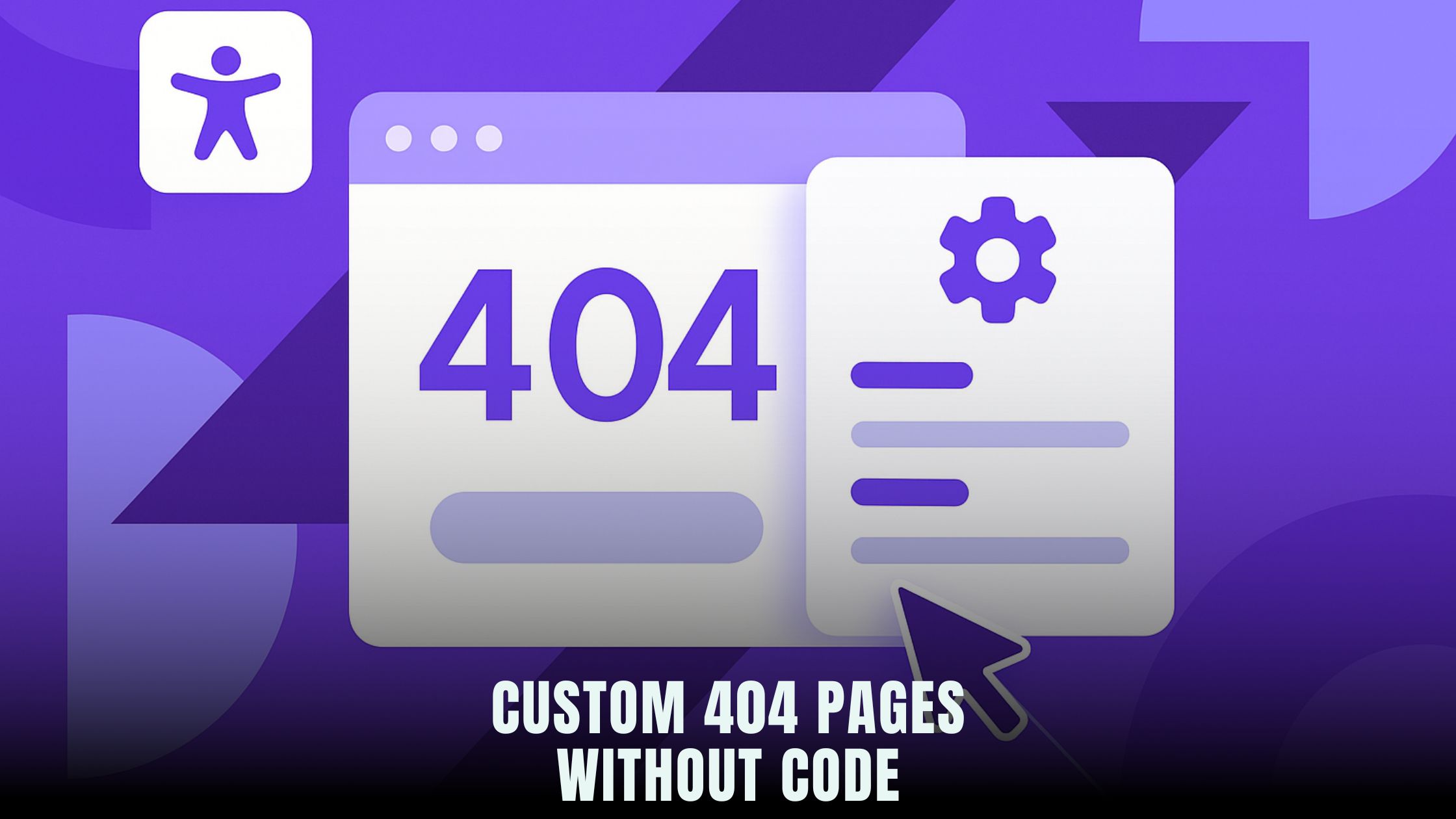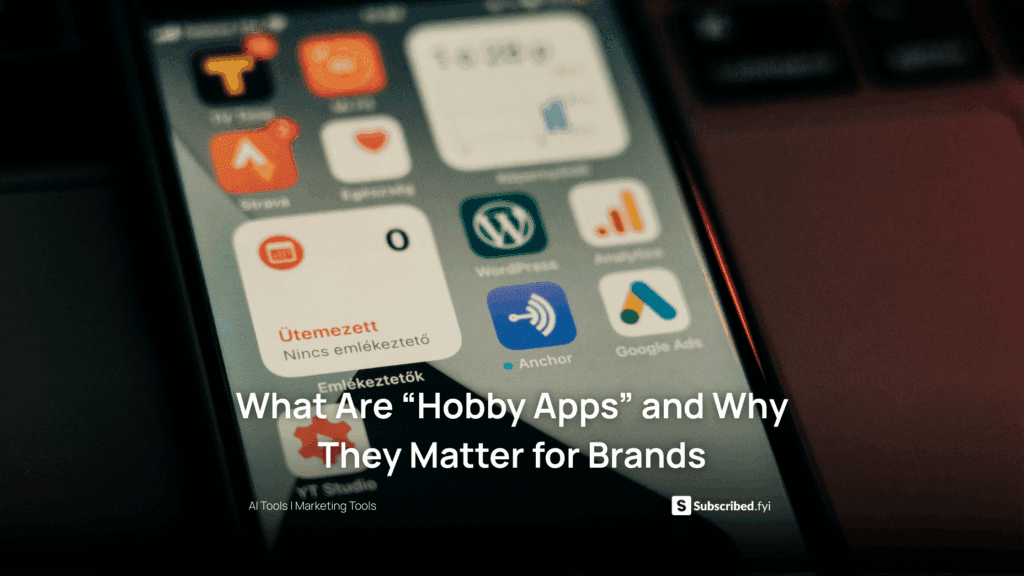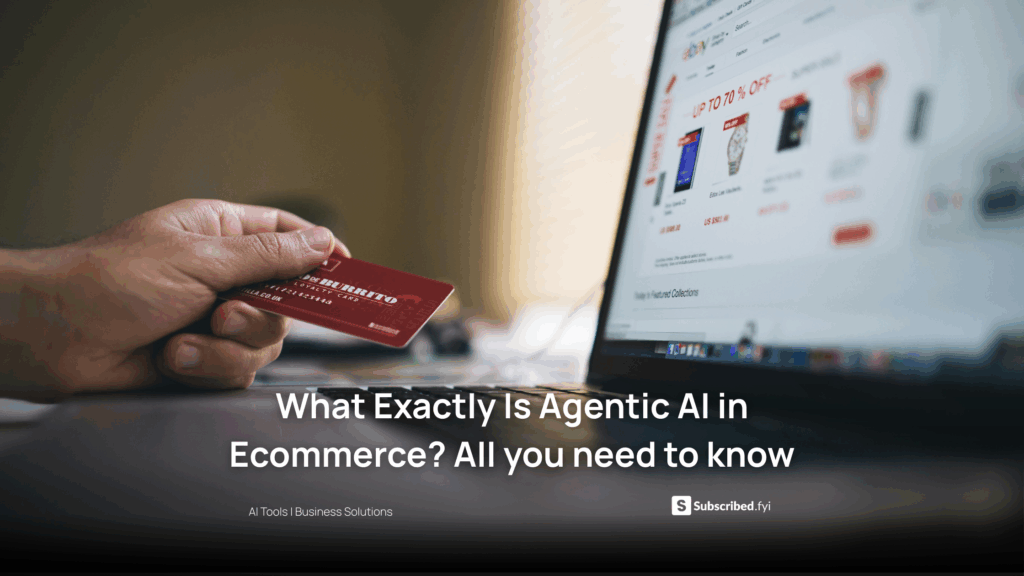How to Create Custom 404 Pages Without Code?
- WebOps Platforms Bug Tracking & Feedback Software Web Development & Design Website Builder


When visitors click a broken link or mistype a URL, a default error page can feel cold and confusing. A well‑crafted custom 404 page not only keeps users engaged but also guides them back to helpful content. No coding skills are needed to build these error pages today—platforms like Hostinger Horizons let you generate a branded, interactive 404 page with simple chat commands. If you’d like to compare other AI-driven tools, the AI-Powered Website Builders List features solutions that automate page creation and hosting, ensuring your site stays friendly and functional even when errors occur.
Beyond just design, custom 404 pages can boost SEO, reduce bounce rates, and reinforce your brand voice. Deciding what content to include—suggested articles, search bars, or playful graphics—sets the foundation. Many no-code builders listed in the Vibe Coding Directory provide templates for error pages, but Hostinger Horizons stands out by combining intuitive AI chat prompts, one‑click deployment, and integrated hosting so you can launch a polished 404 page in minutes rather than hours.
Why a Custom 404 Page Matters
Every user who encounters an error page represents a potential lost opportunity. A generic 404 message may frustrate visitors and send them bouncing back to search results. Customizing this experience turns a dead end into a chance to reengage. You can showcase your brand personality, offer a site search, or suggest popular content to keep users exploring.
Search engines also notice how users interact with error pages. High bounce rates from 404 pages can negatively impact your overall ranking. By providing helpful links and clear navigation on your custom 404, you improve user experience metrics and signal to Google that your site cares about its visitors.
Planning Your Custom 404 Experience
A successful 404 page balances clear messaging with useful navigation. Start by defining the goals: do you want visitors to return to the homepage, explore popular blog posts, or contact support? Mapping out these objectives helps guide the design and content decisions.
Consider your brand tone. A playful illustration and witty text might suit a creative studio, while a straightforward apology and search bar could work better for a professional services site. Sketch out your page elements—header, error message, navigation links, footer—before moving into your no-code builder.
Designing 404 Page Layouts for Engagement
The layout of your error page determines how easily users find a new path. Clean, uncluttered designs with a prominent headline (“Oops! That page can’t be found.”) draw attention. Beneath, include a brief explanation, a search field, and links to key sections like “Home,” “Blog,” or “Contact Us.”
Visual elements such as illustrations, animations, or GIFs increase user engagement. If you have brand mascots or icons, weave them into the design. Hostinger Horizons accommodates custom graphics effortlessly—just upload your image file or sketch and prompt “place illustration next to the error message” to see it live in the sandbox.
Selecting the Right No-Code Platform
No-code website builders vary in their support for custom error pages. Look for platforms that let you:
-
Upload or generate your own designs
-
Edit error page HTML/CSS via a visual editor
-
Deploy changes without separate hosting setups
Hostinger Horizons excels by bundling hosting, SSL, domain, and email services. You instruct the AI—“create a 404 page with site search and recent posts”—and instantly preview it in a real‑time sandbox URL. Other builders, like Lovable AI or Bolt, offer templates but may require external hosting or manual DNS configuration.
Configuring Your 404 Page in Hostinger Horizons
Getting your custom 404 page live involves a few straightforward steps in the Horizons chat interface. First, prompt “enable custom error pages” to turn on the feature. Next, type “design 404 page with headline ‘Page Not Found’, subheadline ‘Let’s get you back on track’, and add site search bar.”
As the AI generates markup and styling, use commands like “adjust button color to match brand blue” or “add footer links: Home, Blog, Contact.” Each change reflects instantly in the sandbox, so you can test desktop and mobile views side by side. Once satisfied, deploy with “publish custom 404 page live,” and Horizon handles server configuration and SSL settings behind the scenes.
Generating Creative 404 Content with AI Prompts
Crafting witty or helpful text sets your 404 page apart. Rather than standard messages, ask the AI to produce multiple options. For example, “suggest three playful error messages for a travel blog,” or “write a friendly apology and offer to book a demo.” Review generated copy, select the best fit, and tweak manually if needed to align with your brand voice.
Images and animations add a human touch. Upload sketches or mood boards to Horizon—“convert this wireframe to an animated 404 layout”—and watch the AI infer component placement, create SVG graphics, or integrate Lottie animations seamlessly.
Testing Error Page Behavior and Performance
A critical step before going live is testing your custom 404 page. Use Horizon’s real‑time sandbox to simulate broken URLs—type “preview 404 for /nonexistentpage” and confirm your design appears correctly. Check load times, contrast ratios, and responsiveness on various devices. Automated accessibility audits—“run accessibility scan on 404 page”—flag missing alt text, ARIA roles, or low-contrast elements, ensuring compliance with WCAG guidelines.
Monitor performance metrics such as Time to Interactive (TTI) and cumulative layout shift (CLS) to maintain a fast, stable experience. Hostinger Horizons’ built‑in CDN and asset minification help deliver optimized error pages without extra configuration.
Structuring Links and Navigation for Recovery
Your custom 404 page should act as a hub for lost visitors. Display primary navigation links—Home, Services, Blog—followed by context‑sensitive suggestions like “Top Articles” or category-specific links. If you run an online store, showcase popular products or sale items to re‑engage shoppers.
Embedding a search bar or site map empowers users to self-serve. Horizon’s AI can map your site structure automatically—prompt “add site map section with main categories”—saving time on manual link curation.
Ensuring SEO-Friendly Error Handling
Search engines look for proper error handling. Ensure your 404 page returns the correct HTTP 404 status code; otherwise, crawlers may index error pages or misinterpret them as live content. In Hostinger Horizons, this setup is automatic when you enable custom error pages.
Avoid redirecting all errors to the homepage (a soft 404), which can confuse search engines. Instead, maintain the 404 status while delivering helpful navigation. Use meta robots tags to prevent indexing of error pages, keeping your sitemap clean and focused on valid URLs.
Improving UX with Interactive Elements
Beyond static text and links, interactive elements elevate user experience. Consider embedding a mini-game, survey, or chatbot on your 404 page. For instance, a trivia question related to your content or a quick feedback form can engage visitors and collect insights.
Hostinger Horizons supports custom scripts via chat prompts—“embed feedback form with name and comments fields”—and wraps them in sandbox‑safe containers. This flexibility lets you add unique interactions without manual JavaScript coding.
Monitoring 404 Page Metrics and Iteration
After launch, track how users interact with your error pages. Integrate analytics—“connect Google Analytics and track 404 page views as events”—to see how often visitors land on broken links and which recovery options they choose.
High exit rates may signal confusing messaging or missing links. Use A/B testing—“run A/B test on two error message variants”—to optimize copy and layout for better engagement. Refining based on data ensures your error pages work effectively over time.
Bringing Hostinger Horizons Into Your Workflow
Hostinger Horizons unifies design, hosting, and deployment in a single AI‑driven workflow. When you craft your custom 404 page, every step—from prompt to publish—occurs within its intuitive chat interface. The real‑time sandbox previews your changes instantly, while built‑in accessibility and SEO audits keep you compliant.
Bundled services—including SSL, domain management, and 24/7 expert support—mean you never leave the platform to configure servers or troubleshoot errors. Horizon’s integration of AI code generation and one‑click deployment accelerates your time to launch, empowering solopreneurs and small teams to maintain polished error handling without a technical backlog.
Using Hostinger Horizons to build your 404 page turns what was once a developer‑heavy task into a matter of simple conversation. You describe your vision, refine through prompts, and go live with confidence—no manual server edits or plugin wrangling required.
Final Thoughts on Error Page Excellence
Crafting a custom 404 page without code is both a strategic and creative endeavor. By planning user flow, designing engaging layouts, and leveraging AI‑driven tools, you transform website errors into opportunities for connection. Regular testing, analytics monitoring, and iterative improvements ensure your error pages remain effective and on‑brand.
No-code platforms like Hostinger Horizons make the entire process seamless—from prompt to preview, audit to deployment. With AI‑powered generation of designs, copy, and accessibility features, you deliver error pages that not only guide users but also reinforce your brand’s quality and care.





